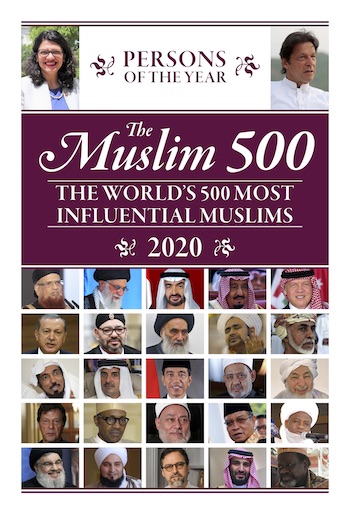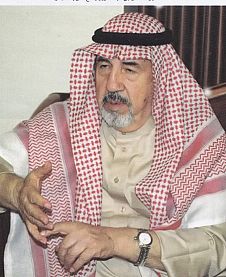Uthman Taha is an internationally acclaimed Arabic calligrapher who has handwritten the Mushaf Al-Madinah, which is the copy of the Qur’an issued by the King Fahd Complex for the Printing of the Holy Qur’an, and thus read by hundreds of millions of Muslims.
Birth: 1 March 1934 (Age: 91)
Source of Influence: Arts & Culture
Influence: Calligrapher
School of Thought: Sunni
Status: Featured in current year
Uthman Taha is an internationally acclaimed Arabic calligrapher who has handwritten the Mushaf Al-Madinah, which is the copy of the Qur’an issued by the King Fahd Complex for the Printing of the Holy Qur’an, and thus read by hundreds of millions of Muslims.
Background: Taha was born in a rural area near Aleppo. His father, a calligrapher in the Ruqʿah script, taught him early skills, and from childhood he showed interest in Arabic scripts. He attended the University of Damascus and earned a BA in Sharia. He additionally studied Arabic language, decorative arts, painting, and calligraphy under several masters: Muhammad Ali Al-Mawlawi, Ibrahim Al-Rifai, Muhammad Badawi Al-Deryani, Hashim Al-Baghdadi, among others. He obtained his certification (ijaazah) in calligraphy from Turkish master Hamid Al-Amidi in 1973.
Copying the Qur’an: The written copy of the Qur’an is known as a mushaf, and it took Taha approximately three years to copy one out. He wrote his first copy in 1970 and in total has written out over ten copies. The most significant one was the one assigned to him in 1988 by the King Fahd Complex for the Printing of the Holy Qur’an in Madinah. This copy is the one printed by the King Fahd Complex and distributed to millions of pilgrims every year. It is the most common copy of the Qur’an available worldwide. Taha has copied out six different textual variants including Warsh (used in Morocco and Algeria), Hafs (worldwide), Duri (Africa and Sudan), and Qalun (Libya).
News about Uthman Taha
- No approved news items yet.



